Are you Cutting out the Wrong Foods?
“I know I need to get rid of rice and bread.”
“I’ve cut out pasta so far.”
“I really miss eating raisin bran but I’ve avoided it for 2 weeks.”
These are things I’ve heard lately. My immediate thought …”I’m so glad I can work with you.” There is no valid reason to eliminate these favorite foods. Actually, you should add them back!
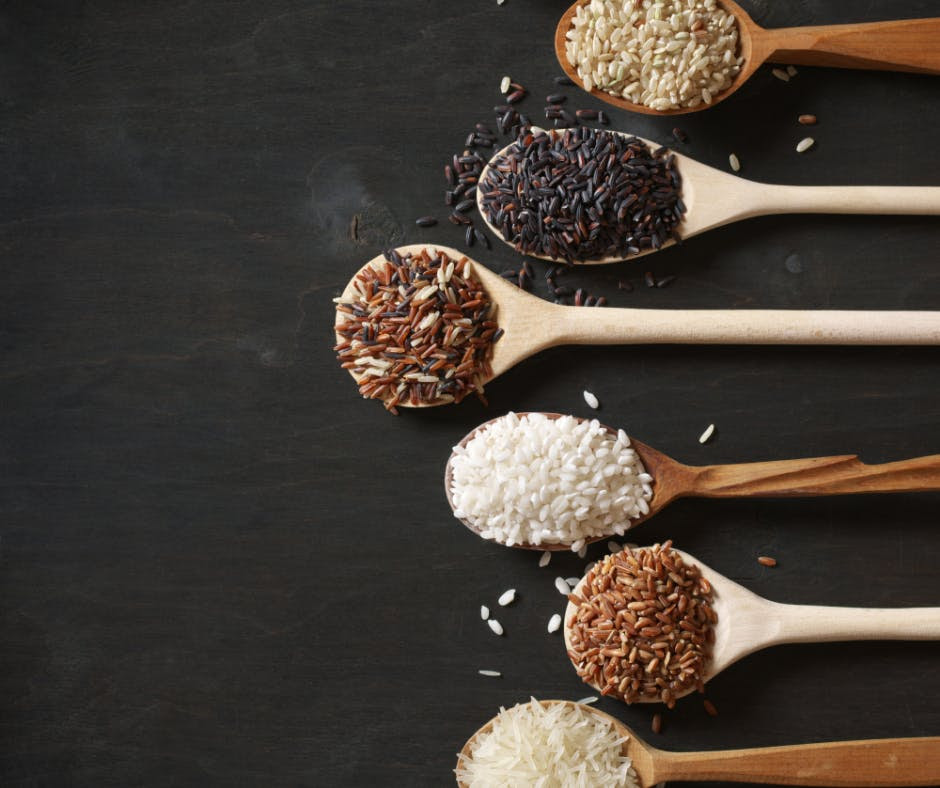 I understand the confusion. All the fad diets for the past 20 years have been bashing carbohydrates.
I understand the confusion. All the fad diets for the past 20 years have been bashing carbohydrates.
According to “Business Wire” the United States weight loss and diet control market is now worth a record $72 billion. There’s a huge amount of marketing designed to get your attention so these fad diets can get a piece of that cash pie. With 70% of adult Americans now overweight or obese, these plans are obviously not working.
What I do is help you understand the science of nutrition and know what constitutes healthy eating.
Quick note: Though people call food “carbs” like it is a specific type of food, carbohydrate is actually one of 3 macronutrients. The other 2 are protein and fat. We need a balance of all three.
The two main types of carbohydrate are starch and sugar. Fiber is another type. A brownie and oatmeal both have carbohydrates. However, along with carbohydrate, the brownie has significant quantities of added sugar, fat and few other nutrients. Oatmeal is low in fat and sugar, has fiber, and is heart-healthy. I’m sure you see my point that all “carbs” should not be lumped together.
Now, as to whether rice, pasta, and bread should be avoided; it simply isn’t true. Here’s why. Grains are a valuable part of a healthy diet. They include fiber, B vitamins, magnesium, phosphorus, selenium, manganese, iron, and folic acid. There are many types: rice, pasta, wheat products (like bread and cereal), oats, barley, and corn meal.
There are two categories of grains, whole and refined.
Whole grains contain all parts of the grain kernel: bran, germ, and endosperm. Examples are whole wheat bread, brown rice, whole-wheat pasta, oatmeal and popcorn. (I bet you were surprised about the popcorn. Popcorn can be a healthy snack if you limit the butter, salt and oil).
Refined grains have been milled to remove the bran and germ. This provides a smooth texture and helps with shelf life but it removes the fiber, iron, in many B vitamins. Most refined grains are “enriched” and some of the nutrients that were removed are put back. Fiber is not added back. Some products are made with a mixture of whole and refined grains.
Few Americans get enough whole grains. It is recommended to aim for at least half your grains to be whole grain.
Look for the word whole on the label. “Multi-grain” does not necessarily mean whole grain. Because you should strive to eat more whole grains doesn’t mean refined grains are “bad”. As stated above, many are enriched with essential vitamins.
Whole grains are slow to digest and may keep you fuller longer which could help with your weight.
You may notice less of a rise in your blood sugar after eating fiber-rich whole grains. As always consider portion size. In general, a serving size of grains is one slice of bread, one cup of ready to eat cereal, or one-half cup of cooked cereal, pasta or rice. How many servings you need depends on many factors including your activity level. This is one more reason why “one size does not fit all” in nutrition. Finally, eating healthy portions of whole grains assists with digestive health. You may find you are pleasantly more “regular.”
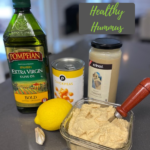

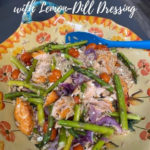
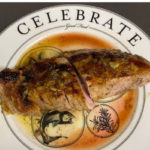
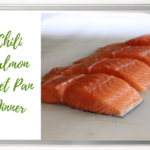
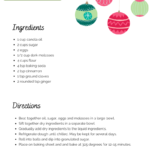
It has really been a challenge for me to eat healthy during the lockdown. I just realized I definitely eat the wrong food and the wrong potions. These tips are surely going to help me keep myself in check.
You have a lot of company. Many are having trouble. Glad you found my article helpful. I have other articles about managing stress in difficult times in the blog section of my site. It’s a hot topic as many struggle. Baby steps help.